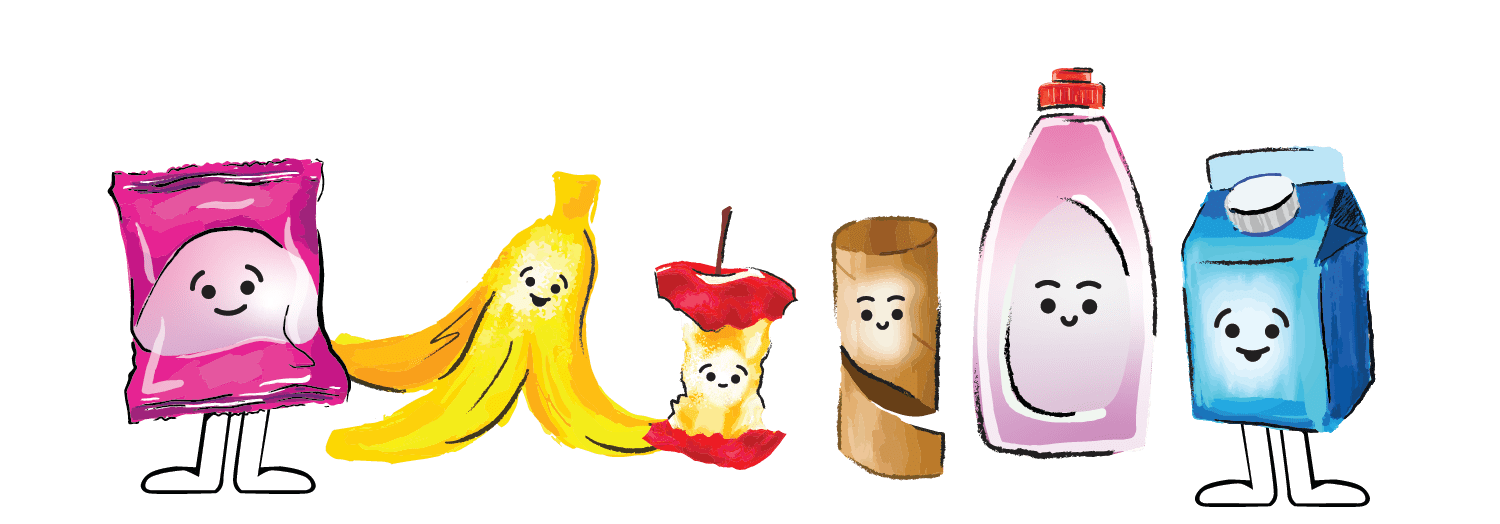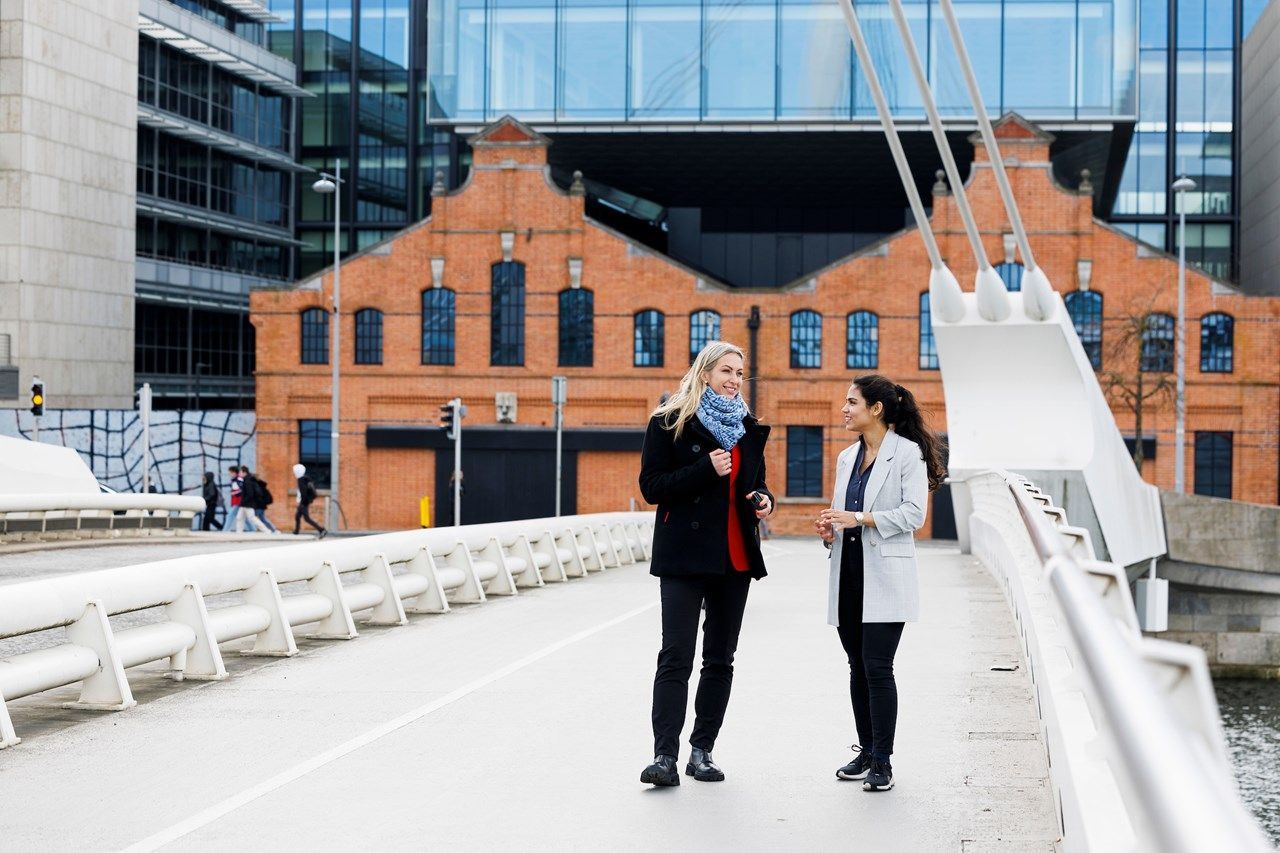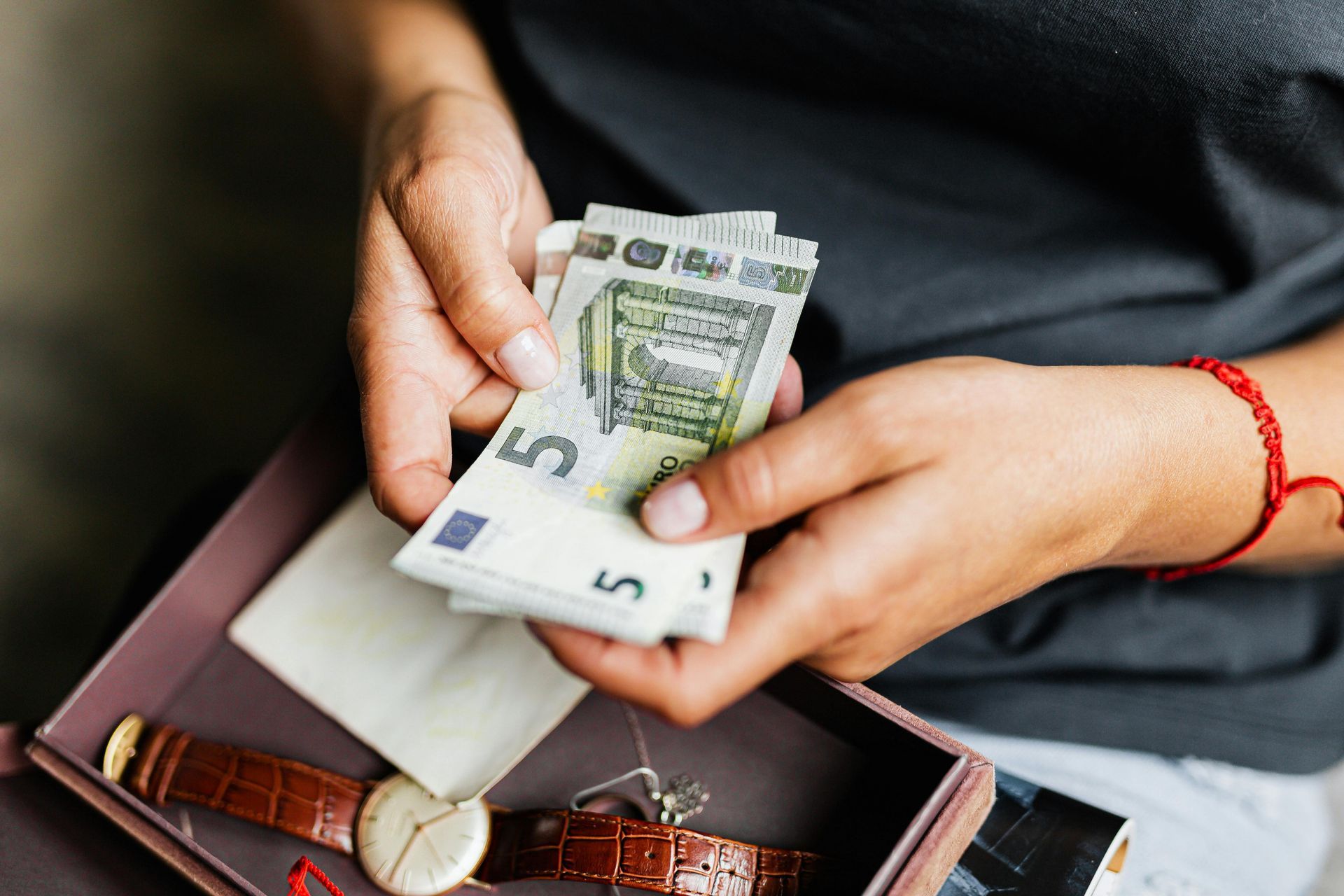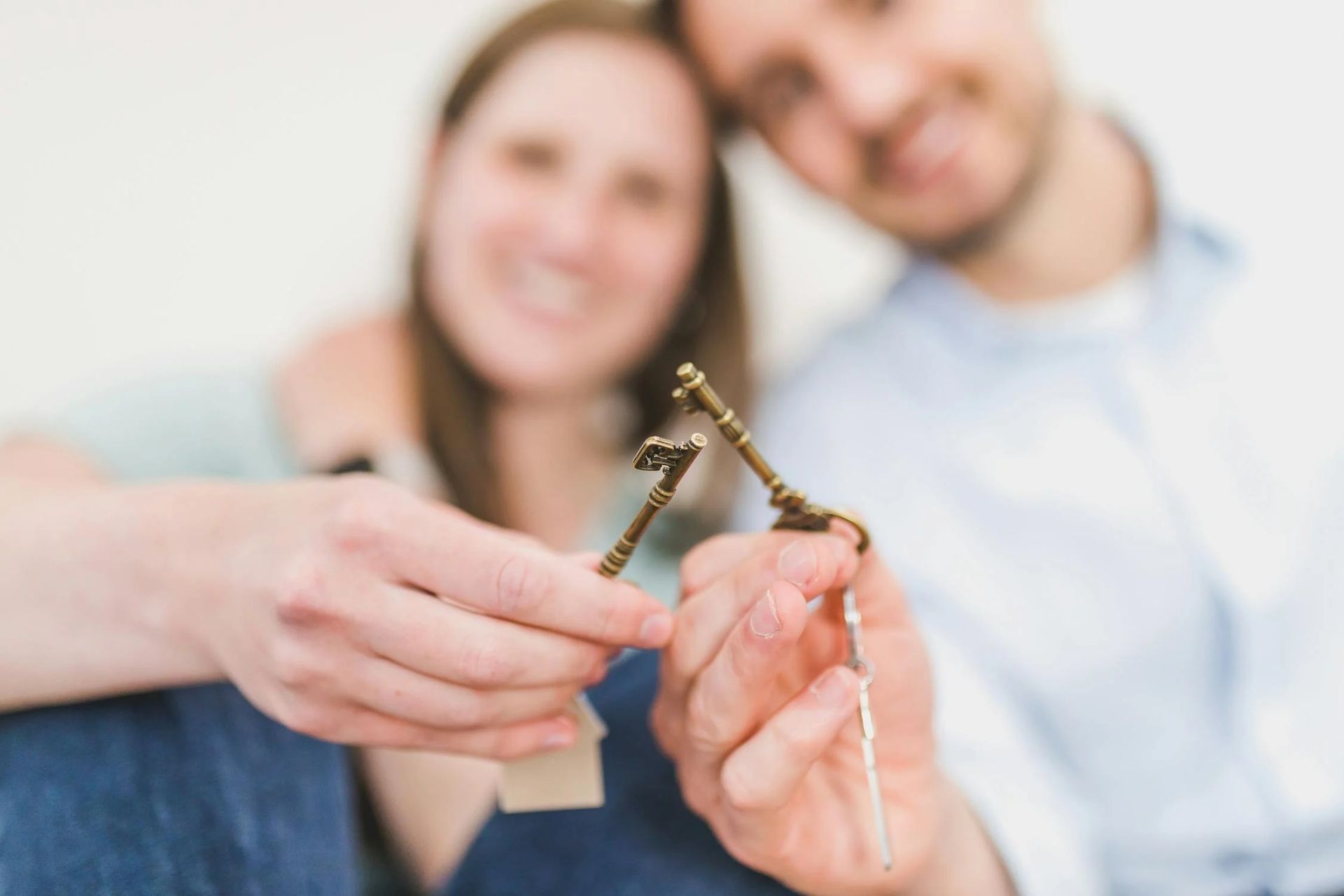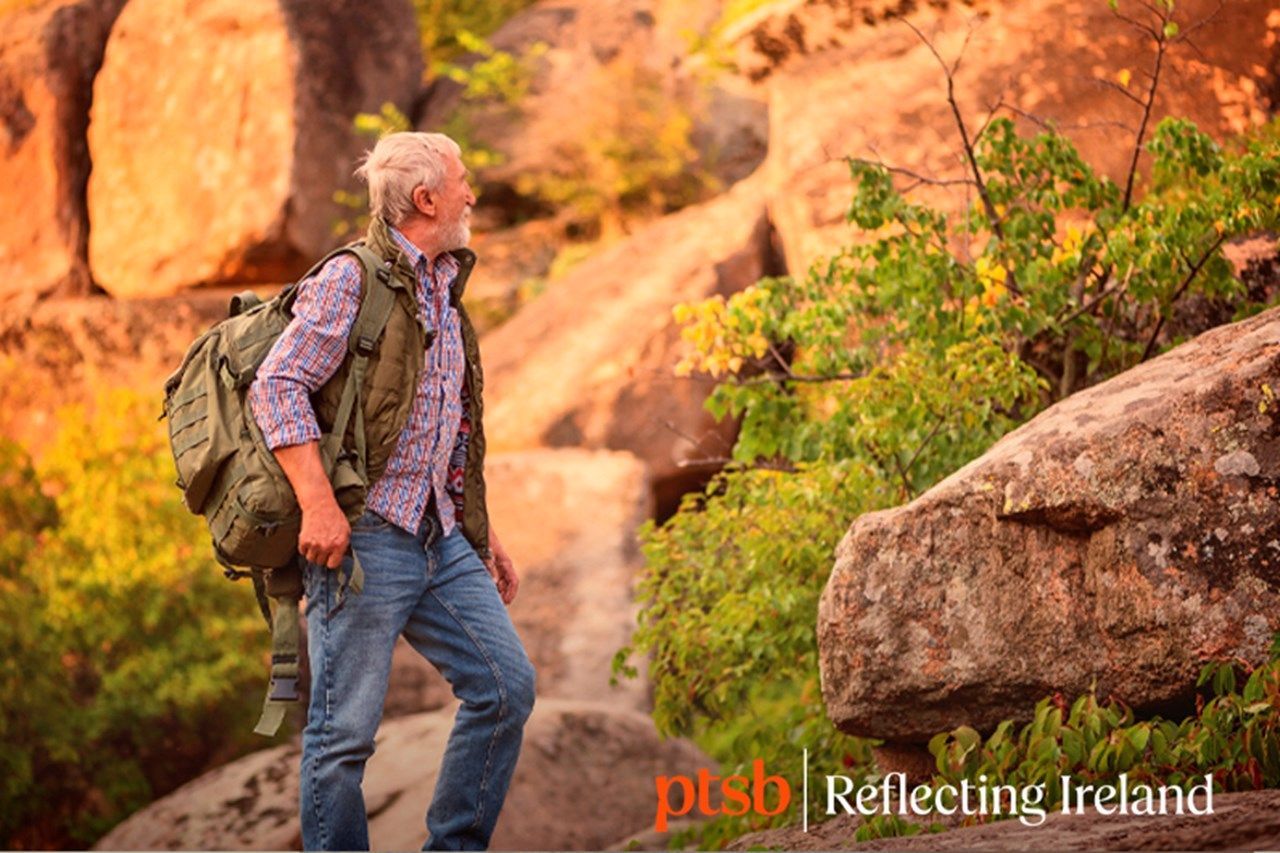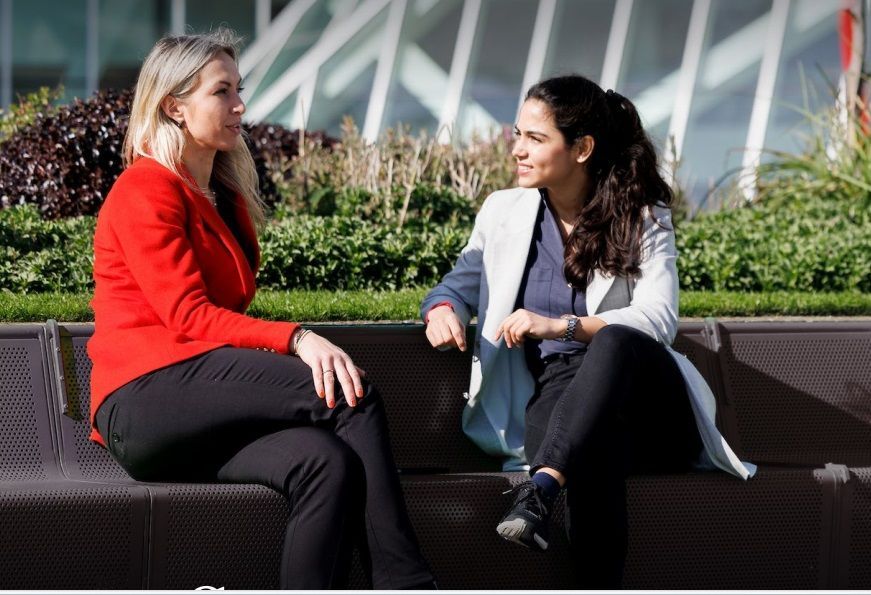How to Click with Shoppers Post-Pandemic
I was delighted to join Sharon Yourell Lawlor of Think Plan Do Consulting on the Irish Times Inside Marketing podcast, to chat about how covid has changed the way we shop and how brands and retailers need to adapt.
There are lots of ways in which behavioural science can help create better experiences for customers.
The peak-end rule is one example. This has to do with how the brain remembers experiences and creates memories. We tend to focus on the most or least enjoyable part of the experience (the peak) and the finish (the end). To ensure a shopping experience is memorable for all the right reasons aim to create a highlight, and make sure the experience ends on a high note. This creates a positive impression that will last in the memory. This is good for business. People often make choices based on past experiences, so good memories will encourage repeat business.
When it comes to creating a great customer experience, we can often achieve more by
removing friction than by adding something new. There’s plenty of evidence that the online shopping experience can be greatly improved by reducing friction, but the same principle also applies in-store.
Covid has required us to adapt new behaviours when shopping in-store including wearing masks, keeping our distance and sanitising regularly. This has added to what we call cognitive load, the amount of 'stuff' our minds have to process at any one time. The science tells us there is a limit to how much information our short-term memories can process. Typically, we can process two to three pieces of information at once. So while it might be tempting to offer lots of choice and lots of helpful information, in reality it can increase the cognitive load for shoppers. The more mental effort shoppers have to put in, the more likely they are to disengage. The sweet spot is to provide the right amount of information to help them make a decision, but not overload them. Less is more. There are three things we can do to reduced cognitive load for shoppers: simplify information, organise options in a way that helps people to choose what's right for them (choice architecture), and remove as many distractions as possible.
For more on how behavioural science can help improve the customer experience, please get in touch at: hello@behaviourwise.ie
